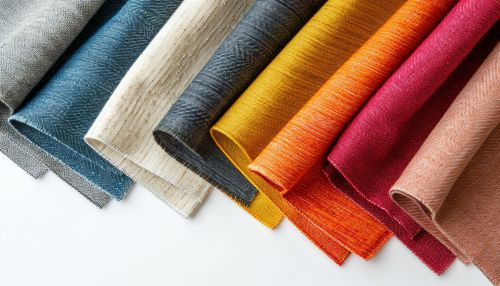Physical Properties of Materials
Introduction
Materials science is a multidisciplinary field that studies the properties of matter and its applications to various areas of science and engineering. It involves the discovery and design of new materials, with an emphasis on solids. The intellectual origins of materials science stem from the Enlightenment, when researchers began to use analytical thinking from chemistry, physics, and engineering to understand ancient, phenomenological observations in metallurgy and mineralogy.
Physical Properties of Materials
Physical properties of materials are those which can be observed without any change of the identity of material. Some of these typical properties include color, hardness, brittleness, ductility, conductivity, and malleability. Understanding these properties is crucial for material selection in engineering applications.
Color
Color is the first physical property of a material that we notice. It is determined by the wavelength of light that is reflected by the material. Different materials reflect different wavelengths, which our eyes perceive as different colors.


Hardness
Hardness is the measure of how resistant solid matter is to various kinds of permanent shape change when a compressive force is applied. Some materials (e.g., metals) are harder than others (e.g., plastics). Mohs scale is commonly used to measure hardness of minerals.
Brittleness
Brittleness, in contrast to hardness, is the measure of a material's tendency to fracture or break upon an applied force. Brittle materials are characterized by little to no deformation before failure. Many ceramics and thermosetting plastics are brittle.
Ductility
Ductility is a mechanical property commonly described as a material's amenability to drawing or extrusion. In other words, it describes how easily a material can be deformed under tensile stress. Materials such as gold and copper are considered highly ductile metals.
Conductivity
Conductivity refers to the ability of a material to conduct heat or electricity. It is a key property for many industrial applications. Metals are generally good conductors of both heat and electricity, while non-metals are usually poor conductors or insulators.
Malleability
Malleability is a material's ability to deform under compressive stress. This is an important consideration in manufacturing, where materials are often formed into a desired shape by hammering or pressing.
Factors Affecting Physical Properties
The physical properties of materials are influenced by their structure at various scales, from the atomic up to the macroscopic. This includes the arrangement of atoms and the microstructure of the material.
Atomic Structure
The atomic structure of a material refers to the arrangement of atoms within it. This structure can greatly influence a material's physical properties. For example, in metals, the atoms are arranged in a closely packed manner, which contributes to their high density and strength.
Microstructure
The microstructure of a material is the structure of a material as seen under a microscope. It includes the features of the material that are between 1 and 100 micrometers in size. The microstructure can greatly affect the physical properties of a material, such as its strength, hardness, and ductility.
Applications of Physical Properties in Material Selection
The physical properties of materials are crucial in material selection for various engineering applications. These properties help to determine how a material will behave under certain conditions and thus, influence its suitability for a particular application.
For example, in electrical engineering, materials with high electrical conductivity (such as copper) are often used for making wires. Similarly, in construction, materials with high compressive strength (such as concrete) are used for building structures.
